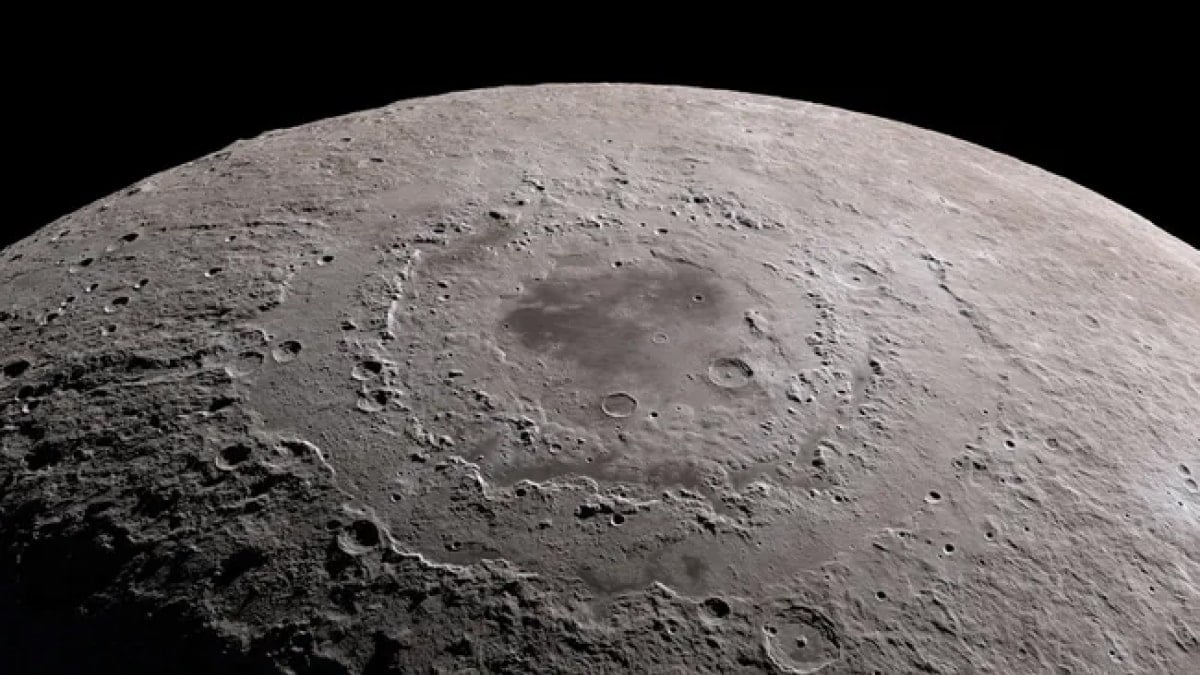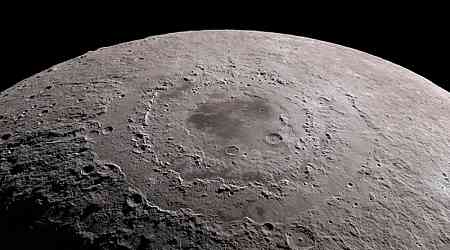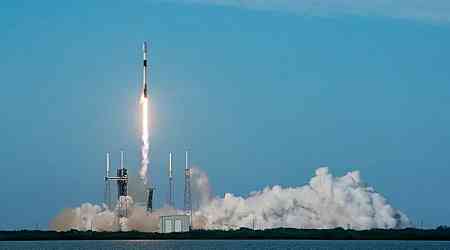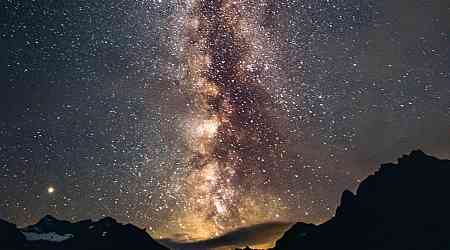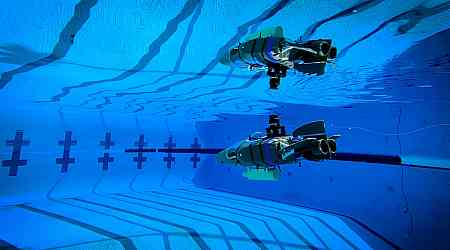A geological map of the moon's Mare Orientale basin is anticipated to advance understanding of lunar impact history and aid future sample-return missions. This map, created through research led by Kirby Runyon of the Planetary Science Institute in Tucson, Arizona, aims to identify original impact melt beneath layers of lava flows and debris. By analysing this material, scientists could accurately determine the age of the basin, estimated at approximately 3.8 billion years.
Mare Orientale's Significance in Lunar History
Mare Orientale is located along the boundary between the moon's near and far sides, and its structure showcases a double ring, with an outer diameter of 930 kilometres. The basin, created by a massive ancient impact, holds hardened basaltic rock formed from the original impact melt.
However, over billions of years, its surface has been buried beneath lava flows and newer craters. The newly developed map identifies areas of the original basin floor and highlights younger craters, enabling targeted sampling, as per a Phys.org report.
Potential for Precise Dating of Lunar Basins
The new map distinguishes regions likely containing original impact melt, designated as “BFsc,” and areas covered by younger geological features. Runyon explained that if samples from these regions are found to share the same age, it would validate the method of using impact melt to date other lunar basins. Such findings could illuminate the timeline of giant impacts that shaped the young solar system, providing insights into Earth's early history.
Implications for Earth's Impact History
The moon's preserved impact record offers a unique opportunity to explore Earth's violent early history, where impacts likely influenced the planet's habitability. These events may have evaporated oceans and delayed life's emergence.
While some models suggest complete sterilisation of Earth was unlikely, repeated impacts could have significantly altered its evolutionary trajectory. The findings from lunar samples could reshape understanding of the role these impacts played in Earth's development and guide future exploration efforts.


















